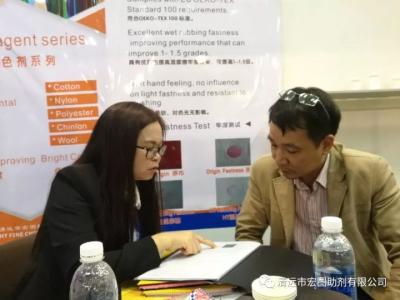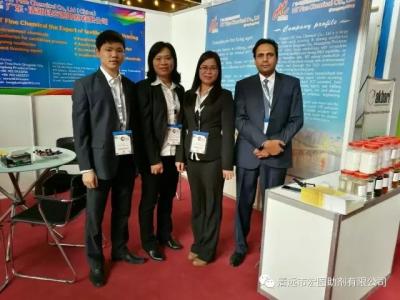1. The brief introduction of amino silicone fluid
Starting in the 1960s, organo-siloxanes were used as fabric softeners with polydimethylsiloxane and hydroxyl-terminated polysiloxane emulsions as the main bases. Modification of polydimethylsiloxane began in the 1970s. During that period, various modified polysiloxanes were produced, such as amino modification, epoxy alkyl modification, polyether, epoxy and polyether, and amino modified polysiloxane. The properties of various modified siloxane finishing fabrics are quite different, among which amino modified polysiloxane is the most ideal.
As the fourth-generation product, the amino modified polysiloxane microemulsion is a thermodynamically stable dispersion system, so it has excellent storage, heat resistance and shear stability. Due to the small particle size of the microemulsion (≤0.1μm), it has strong penetration to fibers, exhaustion rate and excellent coating properties. Therefore, after finishing the fabric, it can obtain good properties such as softness, smoothness, fullness and good resilience, which has attracted more and more attention from printing and dyeing workers.
2. Structure of amino silicone fluid
However, amino silicone fluid has very different structures due to factors such as raw materials, synthesis methods and routes, synthesis conditions, emulsifiers and emulsification conditions.
Polysiloxane is an easy-to-twist spiral-shaped linear structure, which can freely rotate around the main chain. The flexible chain determines that polysiloxane can be an excellent softener for fabrics.
The high polarity of the amino group in the amino modified polysiloxane enables it to interact with the hydroxyl group, carboxyl group, cyanide group, ester group, amide group and so on in the fiber to form a firm adsorption and orientation, thus reducing the friction coefficient between the fibers, making it smooth and soft.
The distance between polysiloxane molecules is large, which leads to weak intermolecular force, low viscosity, small surface tension and strong film formation. The silicone polymer adsorbed on the surface of the fiber forms a film under certain conditions to create an elastic network structure, which not only maintains the super soft effect, but also has high washing resistance.
If the introduction of various groups in polysiloxane, its directional adsorption and film change, which can give the fabric soft, smooth, water absorption, waterproof, anti-stain, antistatic, elastic and crisp performance.



 English
English  日本語
日本語  Español
Español  tiếng việt
tiếng việt  Türkçe
Türkçe  ไทย
ไทย  українська
українська  हिंदी
हिंदी  বাঙালি
বাঙালি  اردو
اردو 


